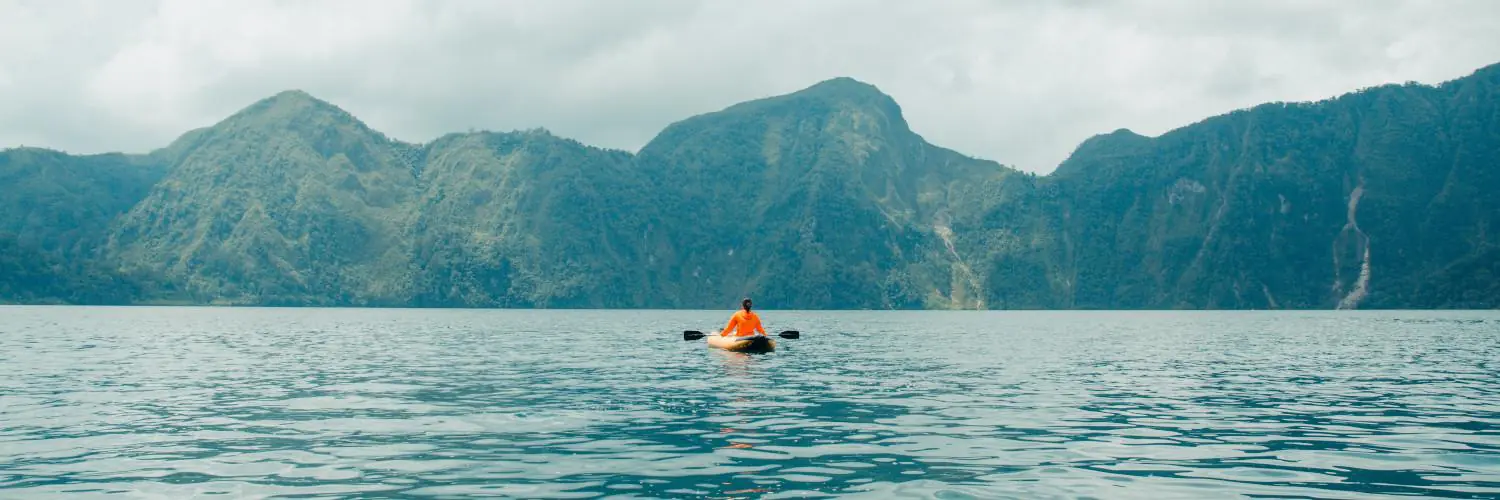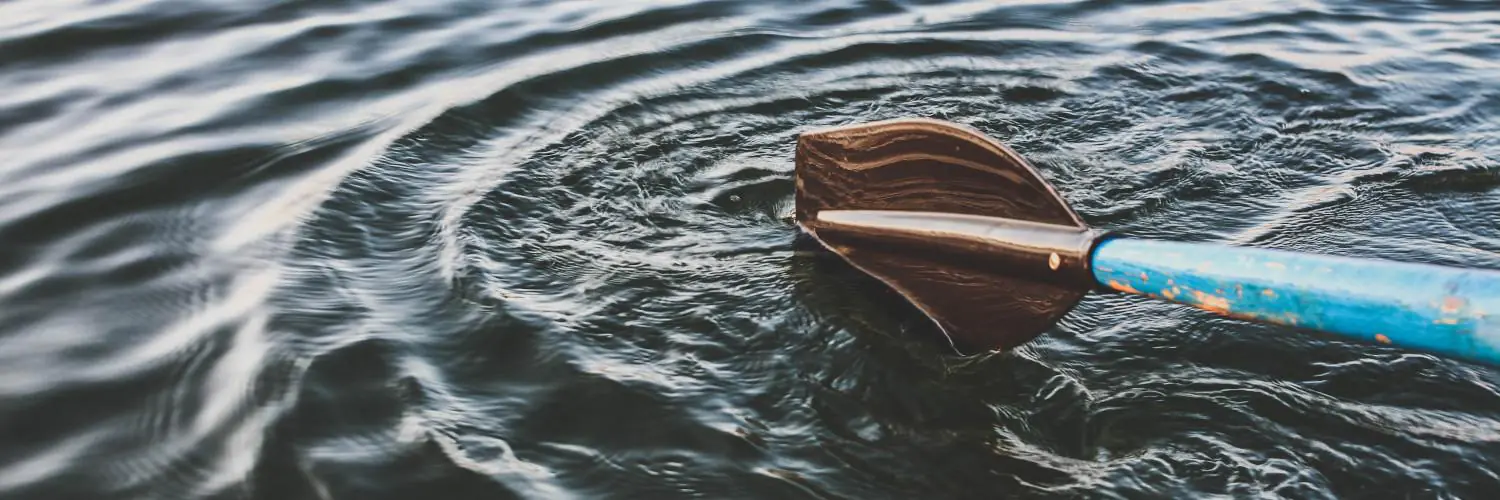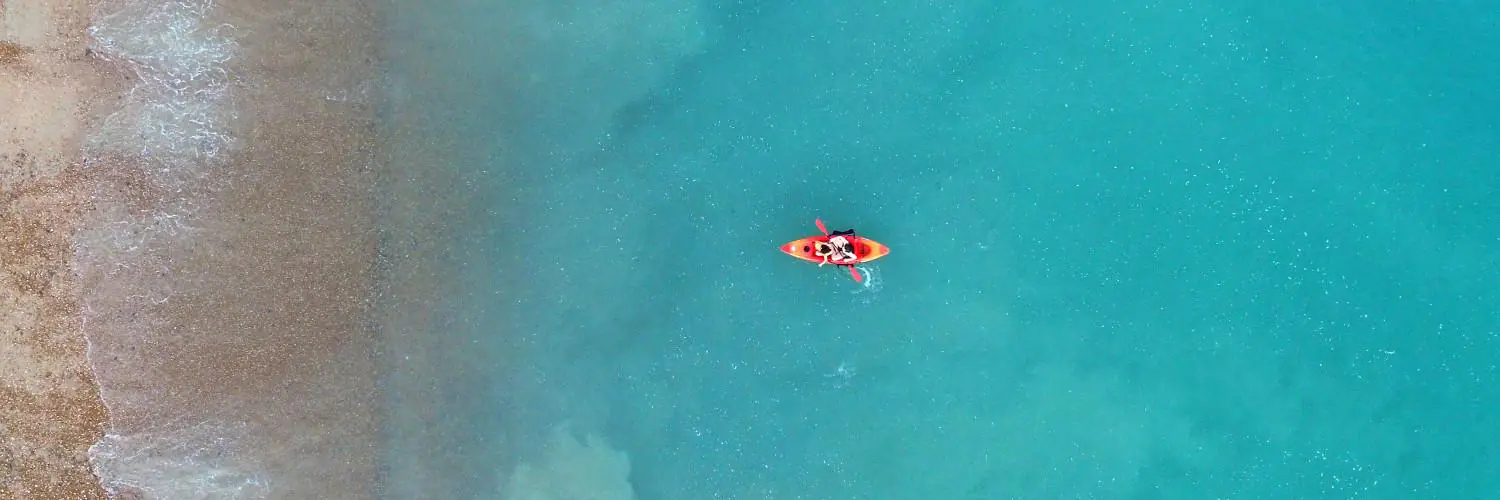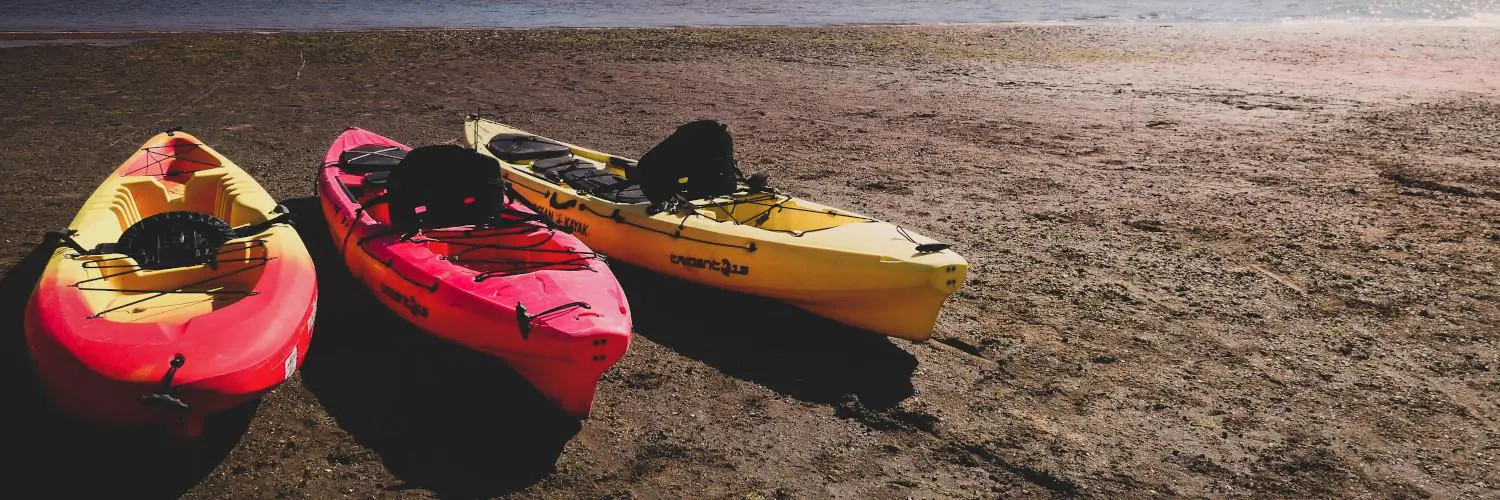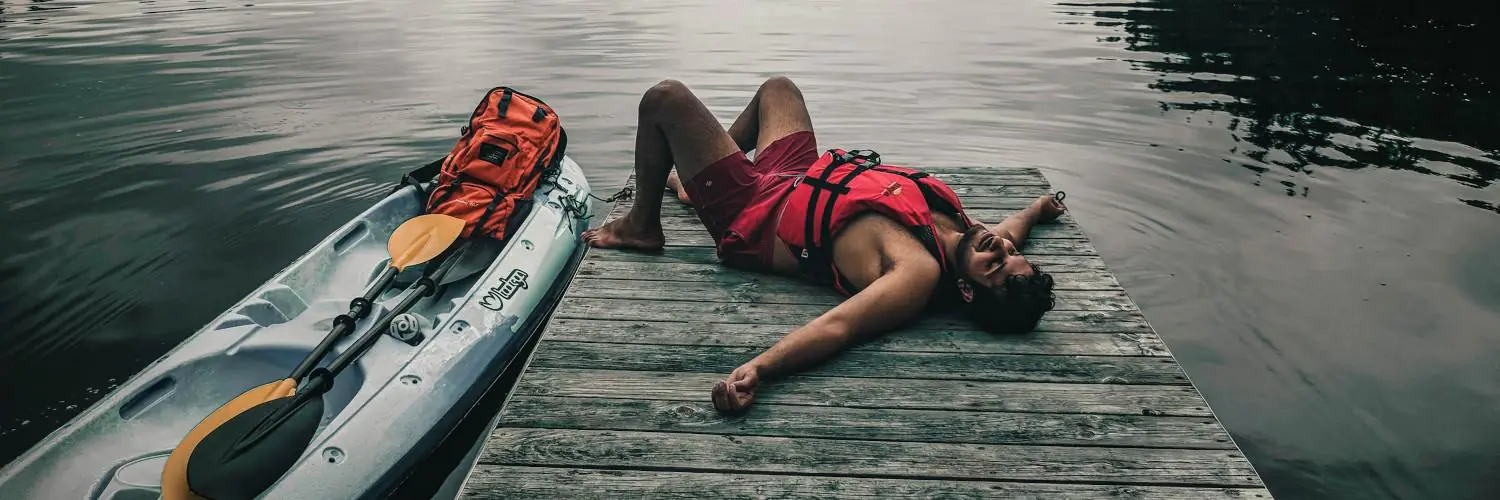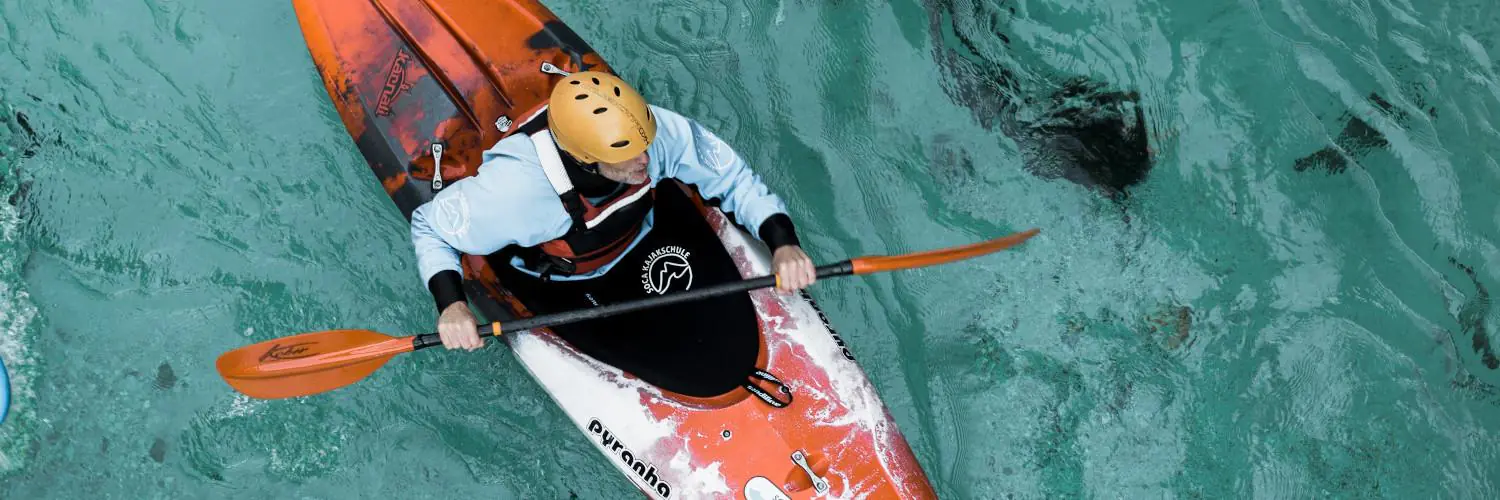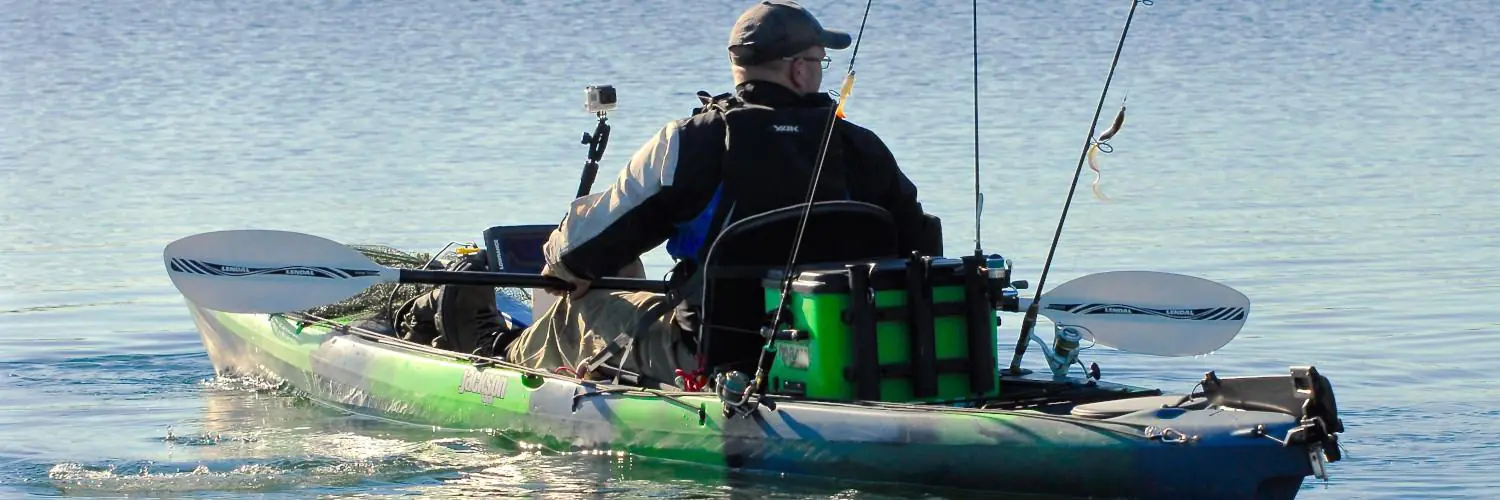The Reloncaví Fjord in Chile offers a unique opportunity for adventure seekers to explore its waters by kayak. Nestled in a region where the Petrohué River merges into the ocean, the fjord presents a breathtaking tableau of natural beauty. Sea kayaking in this area is not just about the sport; it’s an immersive experience that connects paddlers with the serene and rugged environment of Patagonia.
A typical kayak trip in Reloncaví Fjord begins with a pickup from Puerto Varas, followed by a thorough briefing on safety and paddling techniques. As adventurers set out on their journey across the fjord, they are greeted with views of snowcapped mountains and the possibility of encountering wildlife such as sea lions. The escapade offers both a tranquil retreat and a chance to engage physically with the landscape, ensuring that each moment is filled with awe and excitement.
The excursions available are tailored to entice both novice and experienced kayakers, catering to different levels of skill and endurance. The calm waters of the fjord make for an enjoyable outing, while the close proximity to points of interest, like the Yate Volcano, enriches the overall experience. Paddlers often find themselves gliding over the glassy water, enveloped in a sense of adventure that is as pure as it is exhilarating. This combination of thrilling exploration and the fun of navigating through the fjord’s pristine waterways is what makes a kayak trip here a must-do for those visiting the region.
Table of Contents
Planning Your Kayak Adventure
When embarking on a kayak adventure through the Reloncaví Fjord, it’s essential for travelers to choose an appropriate tour, understand safety protocols, and know what to bring for a comfortable and secure experience.
Choosing the Right Tour
For individuals keen to explore the fjord, selecting a tour from Puerto Varas is a practical starting point. Tours typically offer transportation from the hotel to the Bay of Ralún, where the journey begins. Travelers should look for a tour that includes an experienced guide to navigate the 11-mile route and offer insights into the natural landscape, including the snowcapped mountains and Yate Volcano. When considering cost, ensure it covers not just the guide services, but also equipment rental and any meals provided. Some tours may include a traditional lunch or stops for coffee and breakfast.
Safety Measures and Guidelines
Prioritizing safety, reputable tours will supply participants with the necessary safety equipment, including wet suits, paddles, and a first aid kit. Participants should expect to receive a safety briefing, typically near the estuary where the Petrohué River converges with the fjord. Listen attentively to instructions on paddling techniques and what to do in case of an emergency. A reliable tour will have safety protocols in place and provide clear communication on how they handle unexpected situations.
What to Bring
To ensure a comfortable kayaking experience, individuals should come prepared with:
- Clothing: Dress in layers suitable for variable weather. A base layer, insulating layer, and waterproof top layer are recommended.
- Personal Items:
- Sun protection (sunglasses, sunscreen, hat)
- Waterproof bag for electronic devices and valuables
- Camera to capture the scenic views
- Food and Hydration: Bring snacks and water, even if the tour provides a meal. It’s important to stay energized and hydrated.
- Health and Safety: Verify that the tour includes a first aid kit. Additionally, travelers can bring personal health items like medication and band-aids.
Following these specific guidelines can help travelers plan a rewarding and exhilarating kayaking experience on the Reloncaví Fjord.
Exploring the Reloncaví Fjord
Nestled in the Chilean Lake District, the Reloncaví Fjord offers a serene kayaking experience with stunning views of the Andes, vibrant wildlife, and significant local landmarks.
Navigating the Waters
The journey through the Reloncaví Fjord typically begins from the quaint town of Puerto Varas, followed by a drive to the Bay of Ralún. Here, adventurers receive a safety briefing before embarking on an 11-mile voyage that navigates the convergence of the Petrohué River and the seas. Paddling techniques are crucial as they traverse these waters, enveloped by the natural majesty of volcanoes and the expansive Patagonian landscape.
Key Navigational Points:
- Starting Point: Bay of Ralún
- Important Landforms: Petrohué River meets the fjord
- Distance Covered: Approximately 11 miles
Wildlife Encounters
As kayakers glide through the fjord, they often witness a rich tapestry of marine life. The cold waters are home to playful sea lions and pods of dolphins that frequently accompany paddlers. Bird enthusiasts can revel in sightings of pelicans and, occasionally, penguins that adorn the coastal lines—indicative of the area’s biodiverse ecosystem.
Commonly Spotted Wildlife:
- Marine Mammals: Sea lions, dolphins
- Birds: Pelicans, penguins
Local Attractions
Voyagers are treated not only to the natural splendor of the fjord but also to remarkable local attractions. At the foreground, the Peninsula Rollizo presents a striking view against the backdrop of snow-capped peaks, including the ever-impressive Yate Volcano. As they navigate through the waters, travelers get a glimpse of the region’s aquaculture, noting the abundant salmon farming that forms an integral part of the local economy. The fjord also connects to the Comau Fjord, highlighting the diverse geological formations of the area.
Prominent Local Features:
- Yate Volcano: Dominating the skyline with its snow-clad summit
- Salmon Farms: Evidence of the thriving local aquaculture industry
- Geological Wonders: Connection to the Comau Fjord and Peninsula Rollizo
Cultural and Natural Highlights
Kayak Reloncaví Fjord offers a tapestry of natural and cultural experiences, where historical settlements blend with rich biodiversity, giving kayakers an immersive journey through the heart of southern Chile’s landscapes and traditions.
Historical Sites and Communities
Cochamó: A gateway to the Andes, Cochamó’s valley is reminiscent of Yosemite’s stony pathways but adorned with lush Chilean greens. Its trails lead to remnants of the arrieros, mule drivers who carved these paths for cattle driving, establishing a historical course still revered by locals.
Ralún: Situated where the Petrohué River greets the fjord, Ralún marks a fishing village etched with post-colonial history. It showcases Ensena, a community where traditions of the sea are passed down through generations, maintaining the cultural weave of the region.
Llerquihue Lake: Surrounding municipalities preserve the rich customs of indigenous settlements and Spanish colonial heritage, while the lake itself is a key contributor to the regional salmon and mussel industries, reflecting the intertwining of natural resources and community livelihoods.
Flora and Fauna Observation
Yate Volcano: As kayakers traverse the waters, the imposing snow-capped Yate Volcano towers in the backdrop, creating a stark contrast against the sky, and serving as a unique navigational beacon for those exploring the fjord.
Local Fauna: The glassy waters are not just a pathway but a home to diverse marine life. On these excursions, one may encounter playful sea lions or observe a myriad of bird species.
Alerce Andino National Park: Bordering the fjord, it protects a forest of ancient Alerce trees, some of which are over 3000 years old. This park is a testament to nature’s resilience and a critical habitat for endemic species.
Local Farms: The region’s farms dot the landscape, offering a glimpse into rural life where the cultivation of the land is still a revered practice. They serve as examples of self-sustainability and cultural continuity in this part of Chile.
Enhancing the Kayaking Experience
The right food and photography options can significantly enrich a kayaking excursion at Reloncaví Fjord. Thoughtful selection of meals and attention to capturing memories enhance enjoyment and satisfaction.
Food and Cuisine Options
During a sea kayaking journey, energy and quality nourishment are essential. Kayakers often enjoy a homemade lunch that could comprise local delicacies or comforting favorites, adhering to high-quality standards to replenish their energy. It’s common for guides to provide a snack during the trip, ensuring that participants remain fueled. Some expeditions may include local beer for a refreshing end to the paddling experience.
- Lunch: Typically consists of a homemade meal, featuring local ingredients.
- Snack: Easily accessible and provided during the trip to maintain energy levels.
- Beverage: Local beer may be offered post-excursion for an authentic taste of the region.
Photography and Memory Making
Photography is integral for documenting the stunning landscapes and wildlife encounters on a sea kayak expedition. Participants should consider waterproof cameras or protective gear for their devices. The clear waters, mountain backdrops, and sightings of sea lions make for extraordinary photo opportunities.
- Camera Gear: Waterproof or protected; vital for capturing the fjord’s beauty.
- Wildlife Photography: Highlights include sea lions and birds against the backdrop of snowcapped mountains and the Yate Volcano.
Advanced Kayaking Tips and Techniques
In kayaking through the dynamic Reloncaví Fjord, understanding advanced paddling techniques and safety measures is essential. The fjord’s interconnected waterways present varying currents and tides, which require precise maneuvering and foresight.
Dealing with Currents and Tides
Strong currents and unpredictable tides characterize the Reloncaví Fjord. Kayakers must:
- Read the Water: Identify fast-moving water and eddies by observing the water’s surface. Eddies can provide a break from strong river currents.
- Paddle into the Current: When facing head-on currents, it’s crucial for kayakers to paddle into them to maintain control rather than being carried by the flow.
- Use Ferry Glides: Implementing ferry glide techniques allows kayakers to cross currents without drifting downstream. This involves angling the kayak and using the current’s force to move laterally.
Emergency Preparedness
Being equipped for emergencies means preparation extends beyond the kayak:
- Rescue Techniques: Every kayaker should know self-rescue techniques, such as re-entering the kayak in deep waters and the “Eskimo roll” which rights a flipped kayak.
- First Aid: Carry a first aid kit tailored for kayaking; include bandages, splints, and hypothermia treatment resources.
- Weather Awareness: Monitor the weather forecast closely, as conditions can change rapidly. Be prepared to adjust the route or take shelter.
Kayakers should practice these advanced tips and techniques to ensure a safe and enjoyable experience on the Reloncaví Fjord.

